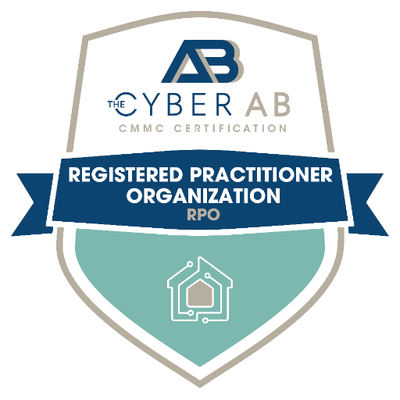As stewards of organizations’ financial health, CFOs are well aware of the importance of managing risks effectively. Yet, in the realm of cybersecurity, there exists a significant gap between executive confidence and the reality on the ground. According to the ISACA, a staggering 86% of executives express comfort with their organization’s security strategy, while only 30% of IT professionals share the same level of confidence. This dissonance highlights a critical issue that CFOs cannot afford to ignore: the existence of cyber risk gaps that pose significant regulatory, statutory, and revenue-impacting threats to our organizations.
Cybersecurity vs. Cyber Risk: Bridging the Gap
It’s essential to recognize the distinction between cybersecurity and cyber risk. While cybersecurity primarily focuses on technical measures to protect against cyber threats, cyber risk encompasses a broader spectrum of regulatory, statutory, and revenue-impacting factors and is generally beyond the scope of most IT Departments. As CFOs, we must understand that cyber risk extends beyond the realm of IT and permeates every aspect of our organization’s operations, from regulatory compliance to financial stability.
Government Intervention: A Partial Solution
While government regulations can provide a framework for addressing cyber risk, they are not a panacea. However, according to legal experts at Burns & Levinson LLP, organizations that implement and maintain safeguards based on recognized frameworks such as those provided by the National Institute of Standards and Technology (NIST) have a much-improved chance of mitigating litigation claims and regulatory concerns. While government intervention may provide some level of guidance, it ultimately falls upon CFOs and their teams to proactively address cyber risk within their organizations.
Embracing Continual Compliance: A Strategic Imperative
In light of these cyber risk gaps, it is incumbent upon CFOs to embrace a culture of continual compliance. This means staying abreast of evolving regulatory requirements, conducting regular risk assessments, and implementing robust cybersecurity measures. It also involves fostering collaboration between IT, legal, and finance departments to ensure a holistic approach to managing cyber risk.
The Cost of Inaction: A Harrowing Reality
The consequences of failing to address cyber risk can be dire. Beyond financial losses, organizations risk reputational damage, regulatory fines, and legal liabilities. Moreover, the impact of a cyber incident extends far beyond the immediate aftermath, affecting customer trust, investor confidence, and employee morale. As CFOs, we must recognize that the cost of inaction far outweighs the investment required to address cyber risk proactively.
A Call to Action: Leading the Charge
In conclusion, closing the cyber risk gaps requires decisive action and leadership from CFOs. We cannot afford to be complacent in the face of evolving cyber threats and regulatory pressures. By embracing a proactive approach to managing cyber risk, fostering collaboration across departments, and prioritizing continual compliance, CFOs can mitigate the financial and reputational risks posed by cyber incidents. Together, we can safeguard our organizations’ financial health and ensure a resilient future in the face of cyber adversity.





